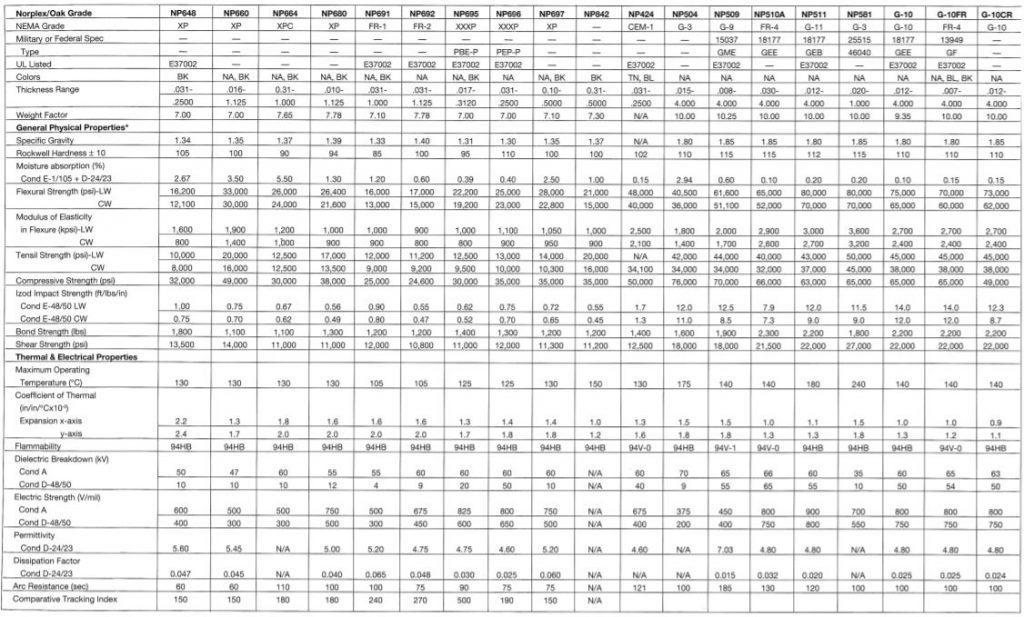LAMINATED PLASTICS-THERMOSET Key Facts & Information
The fundamental difference between laminated and molded phenolics is in the nature of the filler used. The resin is basically the same although in the molded group it has been developed along the lines of speed of cure, a characteristic which is not so important in the laminated industry.
Molded phenolics are powders or comparatively small pieces impregnated with resin. Laminated uses sheets of paper, linen, canvas, silk, cotton, nylon, glass, asbestos, and other substrates impregnated and dried in a continuous operation so the original interlacing and length of fiber are not destroyed.
These sheets are piled flat in large hydraulic presses on heated platens and pressed during the cure to various thicknesses. Rods and tubes are made in standard sizes by rolling on mandrels.
The trade has standardized on grades which, by variation of the filler and treatment, have different qualities. Like molded phenolics, if one characteristic is to be emphasized others may have to be minimized.
Although laminated may be molded to many shapes, the lack of flow due to the interlaced fibers requires the cutting of forms of graduated shape and their careful assembling in the proper order and quantity.
The strength, flexibility, and imperviousness to oil and moisture are the outstanding qualities that suit this material for its wide use as silent gears. These are hobbed from molded or cut blanks.
In high dielectric strength, high insulation resistance, and great strength in thin sections recommend it for simple punchings.
It is widely used in the plating industry in place of wood for barrels and carriers. The rayon industry uses it not only because it resists alkaline reagents but because of its lightness and strength.
Recently the decoration of walls, table tops, and counters has absorbed an increasing amount of this material. It can be faced in the molding process with printed sheets to simulate marble, wood, or any original design for highly decorative results. Its resistance to acids, moisture, and wear makes it an ideal finish.


